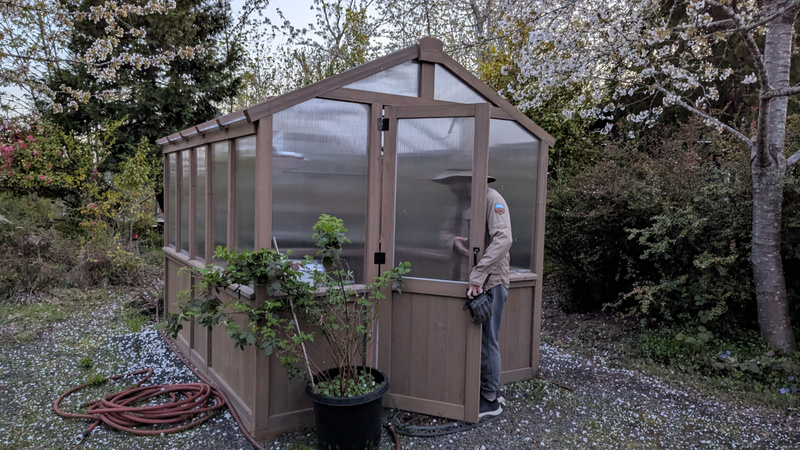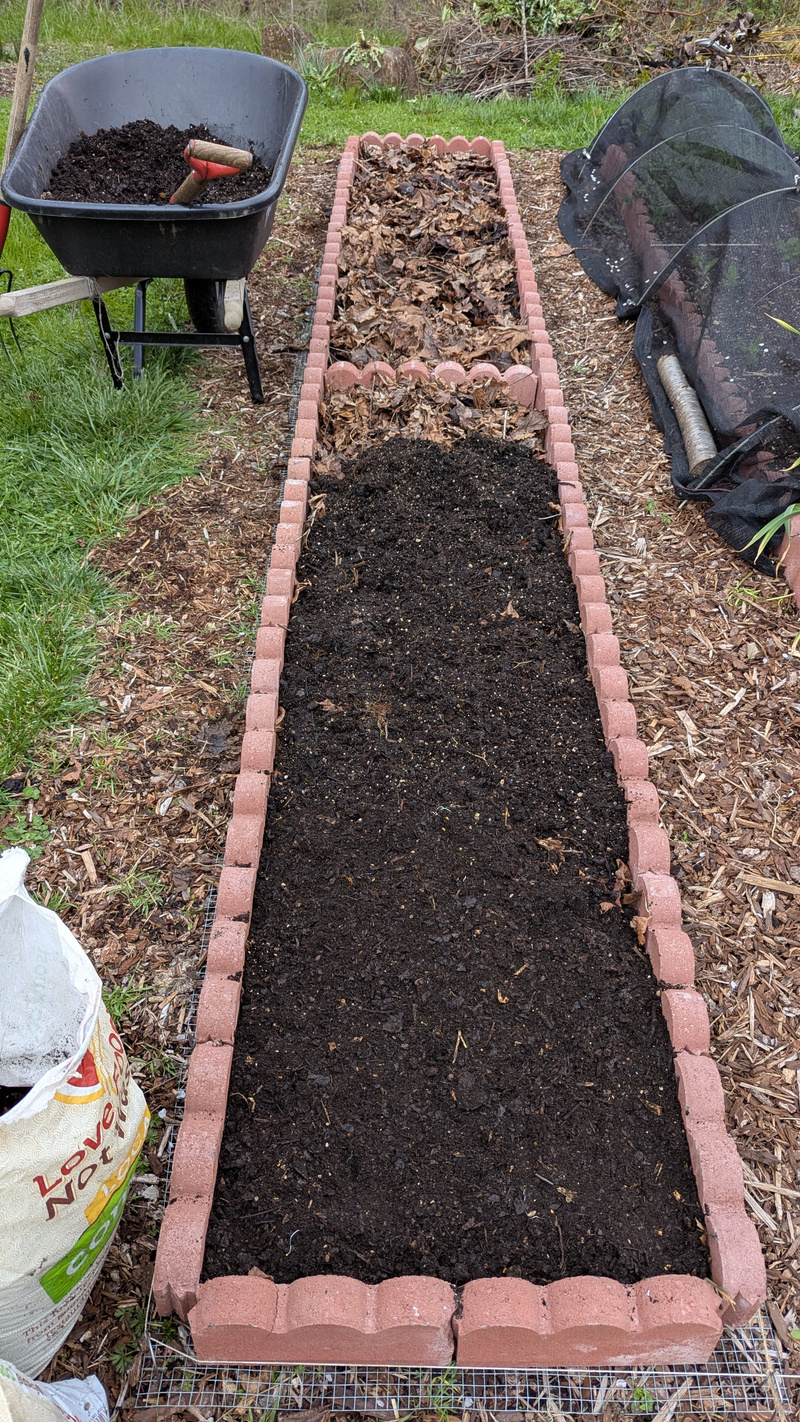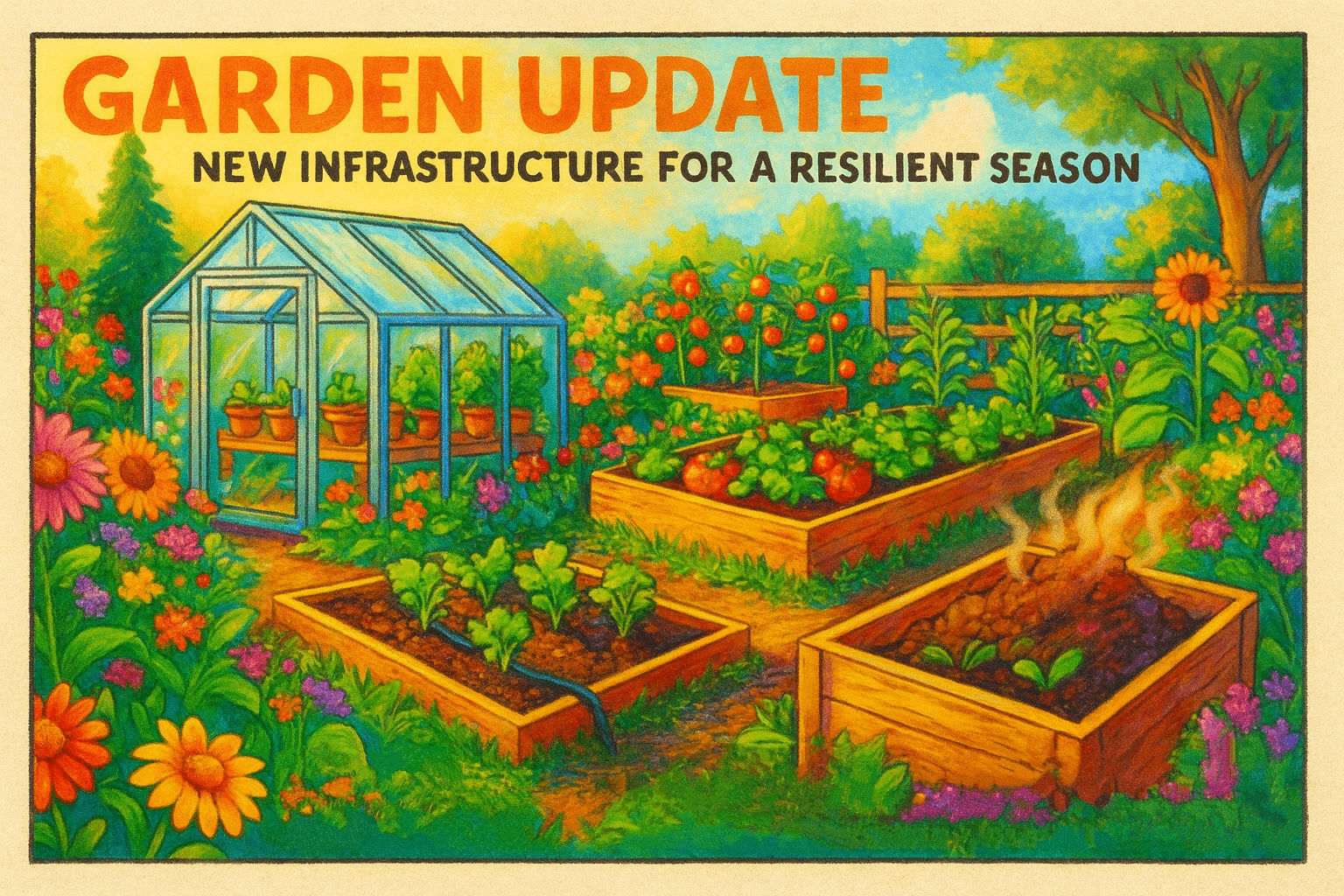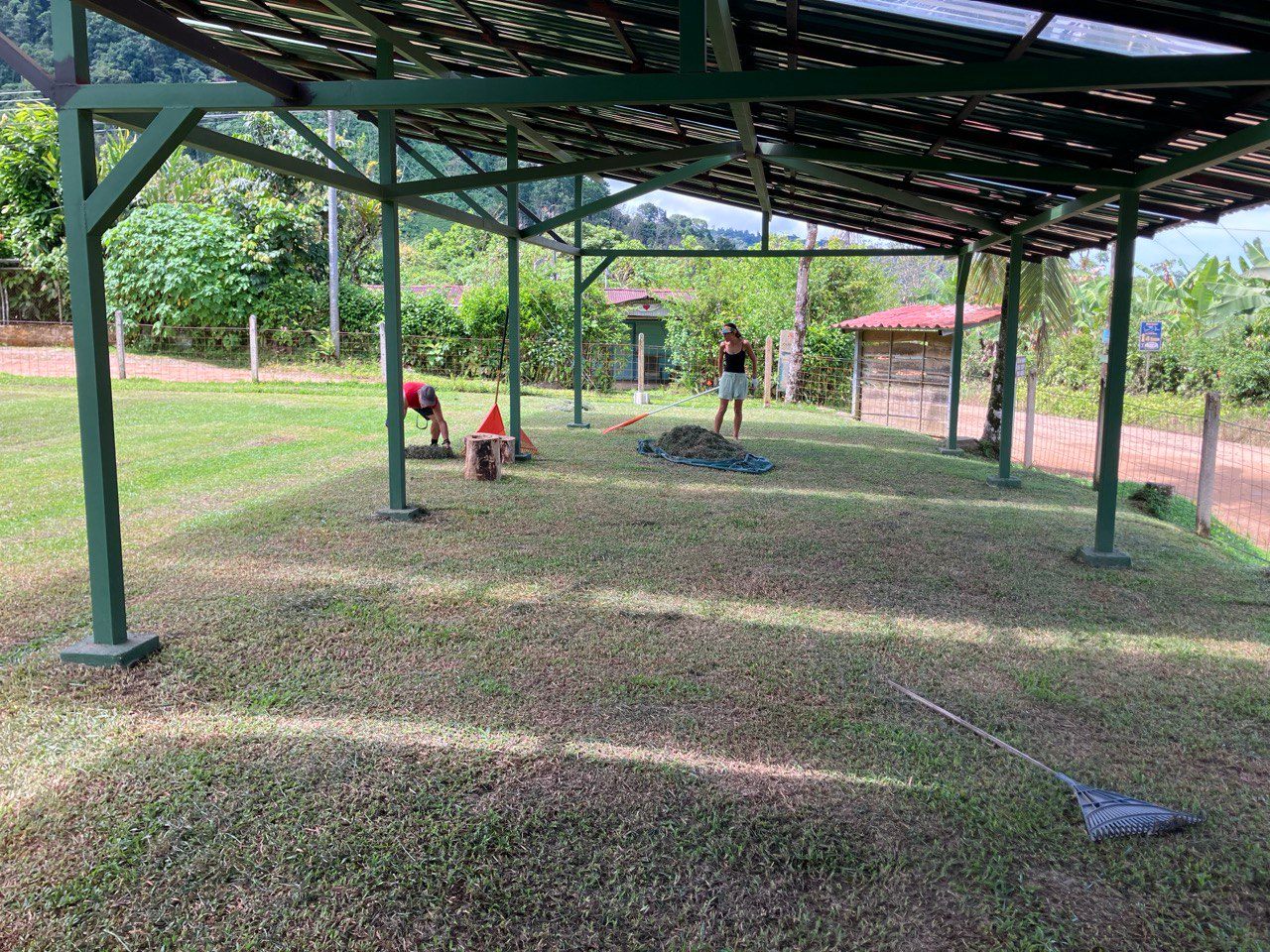Spring at Maybloom is a season of intention — of building slowly, planting with care, and investing in the structures that help life thrive. This year, we focused on deepening our garden infrastructure to support more resilience, better yields, and more ease in the years ahead.
Here’s what we’ve been up to.
1. A Greenhouse, Built Piece by Piece
We finally did it — we added a greenhouse.
It came as a full kit, with every piece labeled but none of it assembled. Over the course of 2–3 months, we built the structure bit by bit, working around weather and the many other projects that spring tends to bring.
The greenhouse was up just in time to give our seedlings a strong head start — tomatoes, cucumbers, herbs, and flowers all benefitted from the stable warmth and protection it offered during those unpredictable early months.
Now, as summer heats up, the greenhouse gets too hot to be useful during the day, so we’re exploring how to adapt it into a seasonal sunroom. We’re planning to experiment with a 90% shade cloth to temper the intense heat, and perhaps create a sheltered growing space for heat-sensitive plants or late-season crops. The structure’s already proving versatile — and we’re just getting started.

2. One Bed at a Time
Every year, we aim to build one new garden bed — slowly working toward the layout we envision for the long-term. We’re taking this approach intentionally: preparing each bed properly requires time, compost, mulch, and attention — all of which are also needed by the other beds currently in use.
So instead of building everything at once, we go bed by bed, adding each new space thoughtfully.
This year’s new bed brings us closer to that final arrangement — and reflects our belief that gardens grow in time, not all at once. The soil is rich and ready, and we’re already seeing early signs of healthy growth.

3. Switching to Drip Irrigation
We also took on a big systems upgrade this spring: replacing our soaker hoses with a drip irrigation system.
Soaker hoses have been… okay. They work, until they don’t. Common problems include:
- Uneven watering (some areas get flooded, others stay dry)
- Bursting under pressure
- Clogging from debris or sediment
- Slow, hard-to-control flow
The drip system, on the other hand, gives us precise control — with emitters placed exactly where water is needed. It promises better water efficiency, fewer disease issues, and healthier plants overall. Setup took some trial and error, but we’re excited about the change and looking forward to reporting our results in the next update.
4. Compost Heats Back Up
Last but never least: compost.
This spring, we restarted our hot composting pile — mixing green and brown materials, turning it regularly, and keeping an eye on temperature. We’ve learned that with compost, nothing is ever really linear. The pile might stall. It might cool down unexpectedly. Sometimes restarting the process just means moving the pile to another bin, flipping it so the bottom becomes the top, and adding a little fresh material.
We’ve already seen steam rising from the pile — a sign it’s cooking — and the first few batches are looking rich and ready.
As we step into summer, we’re feeling grounded. The infrastructure is stronger, the beds are fuller, and the systems are slowly maturing. There’s still so much to learn — but we’re grateful for every step, every shovel, and every sprouting leaf.














